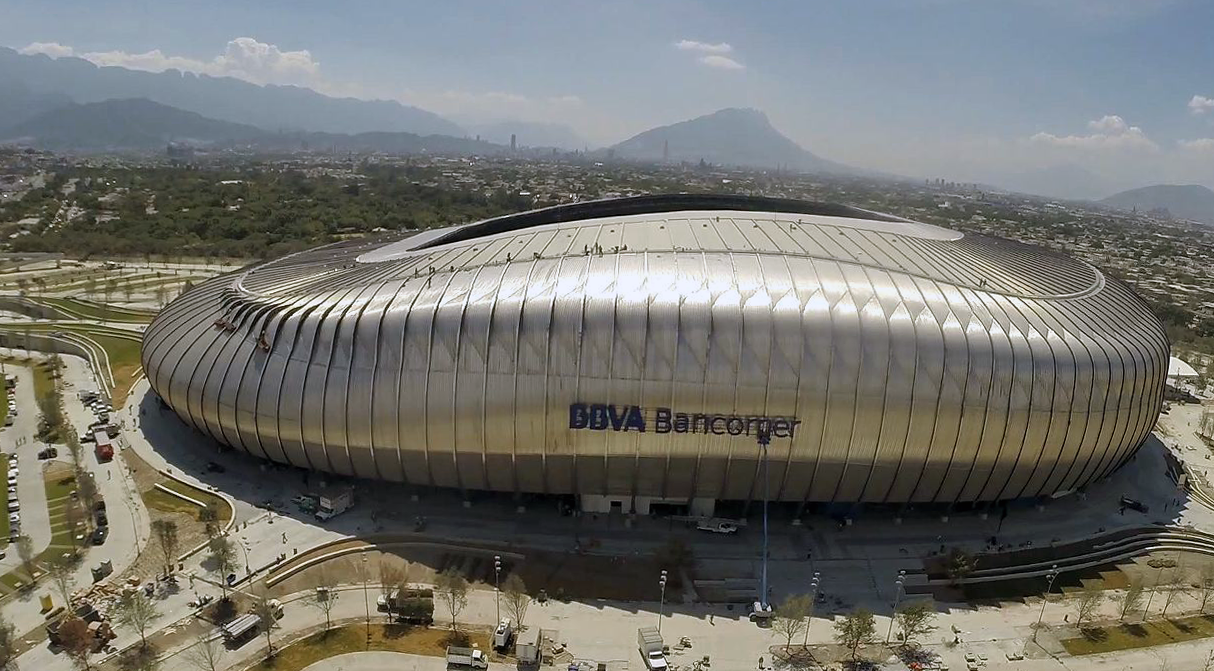WELDING, BRAZING & STANDARD SYMBOLS
Basic of Reference. The joint is the reference – The arrow side is the side of the joint – The other side of the arrow is the opposite side of the joint. The weld symbol shall be drawn in contact with the reference line.
Weld Symbols: Fillet – Plug – Slot – Stud – Spot or Projection – Seam – Back or Backing – Surfacing – Edge.
Basic welding symbol required only the reference line and the arrow but may consist of other elements to convey specific welding information. The tail of the welding symbol is used for designating the welding, brazing, and cutting process, specifications, procedures, or the supplementary information to be used in making the weld/braze.
– The process: Identification of the filler metal that is to be used; whether peening, backgouging, or other required operations. The notation placed in the tail of the arrow is usually created by the designer.
Supplementary Symbols: Weld All Around – Field Weld – Melt-Through – Consumable Insert (Square) – Backing (Rectangle) – Spacer (Rectangle) – Flush or Flat (Contour) – Convex (Contour) – Concave (Contour).
Groove: Square – Scarf – V – Bevel – U – J – Flare V – Flare Bevel.

BBVA Bancomer Stadium "El Gigante de Acero" developed by FEMSA & C.F. Monterey in Guadalupe, Mexico
Joint Types: The five basic welding joint types are Butt Joint – Corner Joint – T Joint – Lap Joint and Edge Joint.
Location of the Arrow. Information applicable to the arrow side of a joint is placed below the reference line. Information applicable to the other side of a joint is placed above the reference line. In other word "INFO above REFLINE (other side) – INFO below REFLINE (arrow pointed side)".
– Fillet, Groove, and Edge: The arrow shall contact the outer surface of one of the joint and this side should be the arrow side of the joint— Economic consideration: The excellence of the powder-coated finish is accompanied by substantial cost savings, when compared to liquid coating systems. Since powder contains no VOCs, air used to exhaust the powder spray booth can be recirculated directly to the plant, eliminating the cost of heating or cooling the makeup air. Ovens that cure solventbased coatings must heat and exhaust huge volumes of air to ensure that the solvent fumes do not reach a potentially explosive level. With no solvent in powder coating, the exhaust required in the ovens is lower, resulting in energy and cost savings in spite of the higher curing temperatures ~ that powder coating requires.
— Advantage of powder coating over paint: Powder coating results in a thick, dense finish on metal products which can be more durable and longer lasting than conventional painting. A powder coated surface will be more resistant against scratches, chipping, wear, and fading compared to other type of finishes. When powder coated items are installed without damage to the powder coating and they are maintained regularly, they should be relatively permanent. The correctly applied coating, although not metallurgically bonded to the metal will not crack, chip or peel as with conventional paint films. It is resistant to cracking, peeling, chipping, abrasion, rust and damage due to chemical exposure. While it isn't indestructible, it is highly durable, retains colour and gloss, goes on uniformly, has excellent UV stability and is a far more environmentally friendly option than traditional liquid paint. Liquid painting and powder coating are two techniques used in industrial finishing. Both typically require a heat curing process, but they differ greatly in their methods of application. The paint finish differs according to the surface being painted.
LIST OF WELDING CODES
American Society of Mechanical Engineers (ASME) Codes: